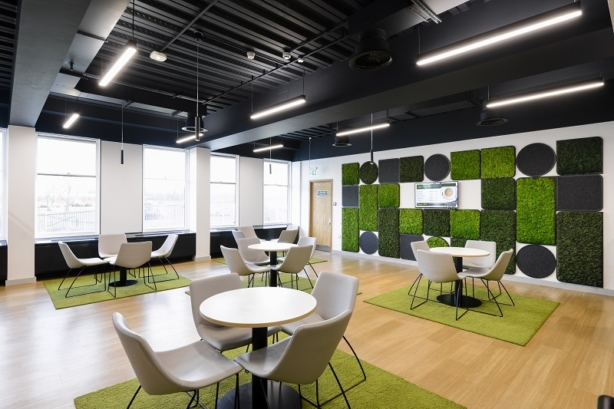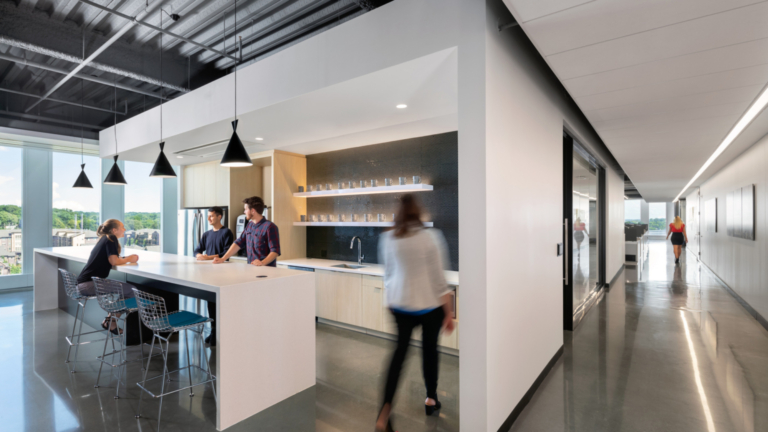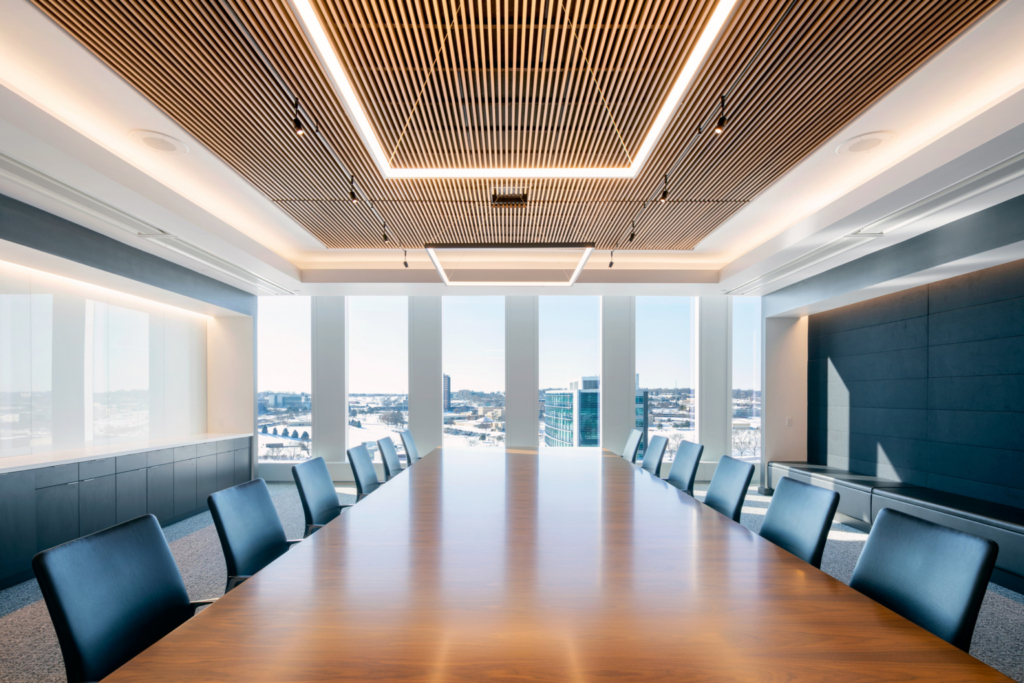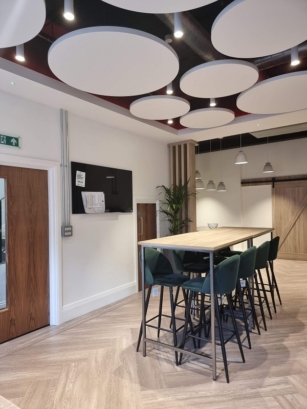
We are a leading manufacturer of quality internal and external lighting products for commercial, industrial and retail applications.
View all productsAt Ansell Lighting we design and manufacture an extensive range of luminaires for a diverse number of sectors and applications. Whatever the shape, purpose or style of your space, we have a lighting solution.
View all sectors & applicationsWe are a leading manufacturer of quality internal and external lighting products for commercial, industrial and retail applications.
Welcome to Ansell lightingWe are here to answer any questions you may have, help you find a stockist or speak to a local member of our team.
OCTO delivers the complete smart lighting package to transform the efficiency and ambience of commercial and residential spaces.
Find information regarding our product warranty, product data downloads and FAQs regarding lighting and technical terms. Here you will find support with training CPDs as well as useful lighting design and LED strip calculators.
Five Considerations When Designing Lighting

The science behind lighting design is a multi-factorial and intricate process. It is essential to achieve the best possible lighting installation process and avoid diving straight into something. A well-structured design process will help to define project outcomes before delivering the lighting. Knowing what is wanted to be achieved always embarks on the light design process. For example, how much illuminance and glare are required, what the mood of the space is, things to be highlighted, daylight interaction, things to be concealed and light direction.

Below are five key considerations that could help you when implementing lighting design:
- Amount of light needed in the space
It is important to consider the amount and type of light that will be given from each individual fitting and natural light source. Before you begin to devise a lighting design, you should consider the natural light entering the specific area worked on.
Natural light creates a play in the overall feel and ambience of your space and should be one of the first noticed when designing lighting. You should take note of where the windows and doors lie before locating individual light fittings as they may not be suitable throughout parts of the day. It is important to identify the amount of light that will be emitted from each fitting. Obviously, the bigger the space, more light needed, which can be worked out by the size of the space in meters. Ideally, you want to allow around 25 watts per meter which is around 250 lumens.
- Lighting and the building regulations
Installing low energy light sources in new spaces is now a must and building regulations state that 75% of lighting in new builds must be energy efficient. Therefore, when considering a new lighting design, it may have to produce a total of at least 400 lumens with a minimum efficacy of 45 lumens per watt and be over 5 circuit watts.
However, fittings under 5 watts are exempt form the overall count, so too is outdoor lighting. CFL’s, LEDS and discharge lamps would also be exempt, only when fitted with low-energy bulbs.
Building regulations must be complied with or further action will be taken. Businesses too can enjoy the saved value of sustainable energy regulations in professional settings.

- Choice of controlling system
Lighting controlled systems can help you to save money on your energy costs as it allows you to manage manually or automatically the number of lights turned on or off in your space. It also allows you at any given moment and the choice of intensity of lighting designs. The right selection of the controlling system also determines the effectiveness of any interior lighting fixture. Using smart swathes, daylight controls and motion sensors help to control the light to the end users.
Individual control also known as smart lighting, allows different lighting levels to be allocated for various tasks or spaces. Lighting schemes can consider individuals needs and amended for specific environments.
- Colour of light
In general, it said that the composition of light should be so that the colour appears natural. For example, if its appearance by artificial light is not appreciably different from that by daylight. Daylight florescent tubes make it possible to illuminate economically, especially large places with artificial daylight giving good colour rendering at sufficiently high level.
For colour of light that does not matter much if different components have not to be distinguished by one another’s colours, such as industrial looking or street lighting, highly efficient discharge lamps may be used. This is because highly efficient discharge lamps cause colour distortion.
- Human-centric approach
Human centric lighting, especially in the workplace, helps to ensure that employees remain productive, alert, mentally well and efficient. It is important to make sure that all staff are as comfortable and content within the workplace as possible.
Smart-lighting is also known as human-centric, due to the overall control and ability to adapt and change light. This approach allows people to adjust the intensity of light, thereby the human body can replicate the natural surroundings and bring the outdoors in. This approach can also be used to complement natural light that may shine through a window. Otherwise, smart lighting can help to replace natural sunlight ambiance.
You may think that LED lighting appears artificial, unnatural and to bring however smart lighting eradicates these concerns. Over-time LED has adapted to appear considerably more natural. It in fact creates an imitation of natural light and helps the human body to recognise its incapability of telling the difference.
Ellie Harrop is a Marketing Executive at Officeinsight. You can find Ellie on Linkedin
You Might Also Be Interested In...

